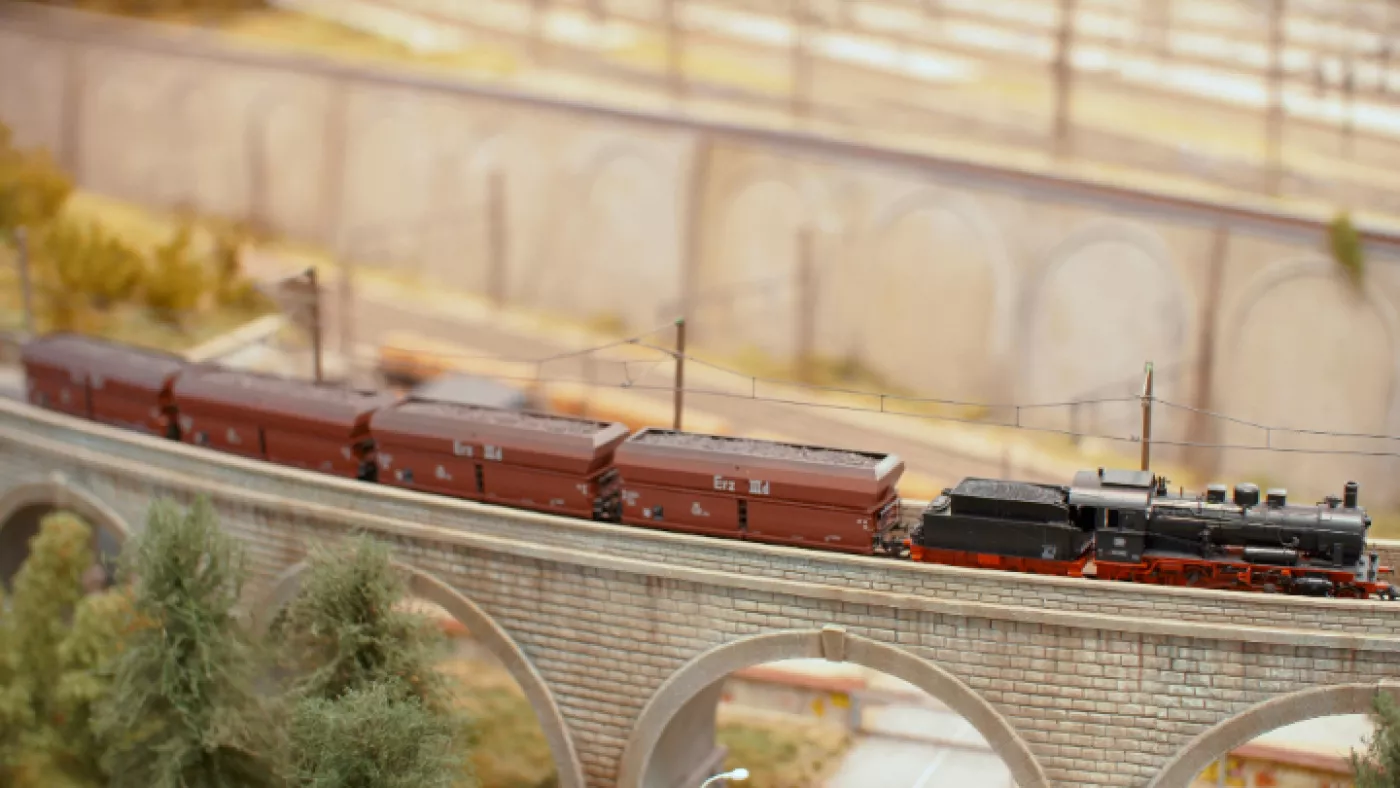What is the difference between analog and DCC model trains?
The differences between analog and DCC model trains lie mainly in the way the various devices that form a railroad model are controlled.
Until recently, before the advent of advanced technology, models were mostly controlled conventionally by keyboards and transformers.
Nowadays, thanks to new technology, these systems have evolved, giving rise to digital modeling. Control units can also be operated through wi-fi, and although this is a more complex system than analog, there is the possibility of controlling a larger set of electric trains at the same time, while still maintaining independence between one and the other, and so being able to bring more articulated models to life.
Custom model railroad: a starting point
A custom model railroad is an excellent starting point to realize the dream of becoming an expert in railroad modeling.
This hobby is not just a passion but a true art for everyone to enjoy. In addition to buying scale models of trains, which are the real stars of your railway work, you must also think about the scenic elements with which to enrich the model.
The creation of objects such as trees, houses, people, and rocks, only makes the project more and more realistic, reproducing landscapes (real or fantasy) as faithfully as possible.
Once you have approached this world, and explored the first steps to start at your best, knowing the difference between digital and analog railroad modeling is the next step to becoming a real expert.
What is digital railroad modeling?
As mentioned in the introduction, digital railroad modeling makes use of advanced technology systems to control railroad model components.
First of all, the digital railroad modeling system allows great versatility and the possibility of recreating a setting as close to reality as possible.
It should also be specified that this model requires more in-depth knowledge than an analog system, due to the greater difficulty and variation of wiring.
While it is true that, thanks to the digital model, it is possible to control each element individually, it is equally true that the possible functions and movements for each train become almost infinite. This is all made possible by the use of a "decoder" which, placed inside the locomotive or outside an electromagnetic system, communicates with the command and control unit. It is precisely the command and control unit that is the beating heart of this system. The latter supplies not only the voltage to the tracks, which is necessary for the movement of the wagons, but also sends independently coded signals to the locomotive and the various equipment located on the model layout.
What is the difference between analogue and digital train sets?
The differences between analog and digital train sets are substantial, and the choice is based on personal taste and the desired result. First of all, digital railroad modeling is more complicated because it involves the control of several components, so you have to be able to control a technological system in all its parts.
It is also more expensive but guarantees a simplified electrical system, without so many power lines per train set but one control station for each one. In addition, DCC (digital command and control) allows to bring locomotives to life, creating lights, sounds, steam, and all the elements that characterize a real train.
The analog model, on the other hand, is easier to control and therefore more suitable for beginner fans who have not yet devoted themselves to the study of digital systems.
A hybrid mode has also become popular in recent times. Recently, in fact, a number of systems, or even just simple accessories, have been developed to automate train movements and digitalize an old analog locomotive.
Visiting a digital railroad model museum
Another way to upgrade to the more technological model is to visit a digital railroad model museum. HZERO, the Miniature Railway Enterprise, is the perfect place for those who want to explore this system closely.
A museum created in the spaces of the former Ariston cinema in Florence, which houses one of the largest railroad models in Europe: 280 square meters born from the passion of the creator and builder Giuseppe Paternò Castello di San Giuliano.
A handcrafted work that combines craftsmanship and technology. A route composed of dozens of trains running through faithfully reproduced landscapes, around Italy and Europe, controlled by the most advanced technology. A set of sounds and images that transport the viewer on an unforgettable journey.
HZERO welcomes its visitors with expert guides who reveal the behind-the-scenes story of one of the continent's most ambitious rail projects and with playful activities and workshops designed to bring the audience closer to the incredible world of railways.


